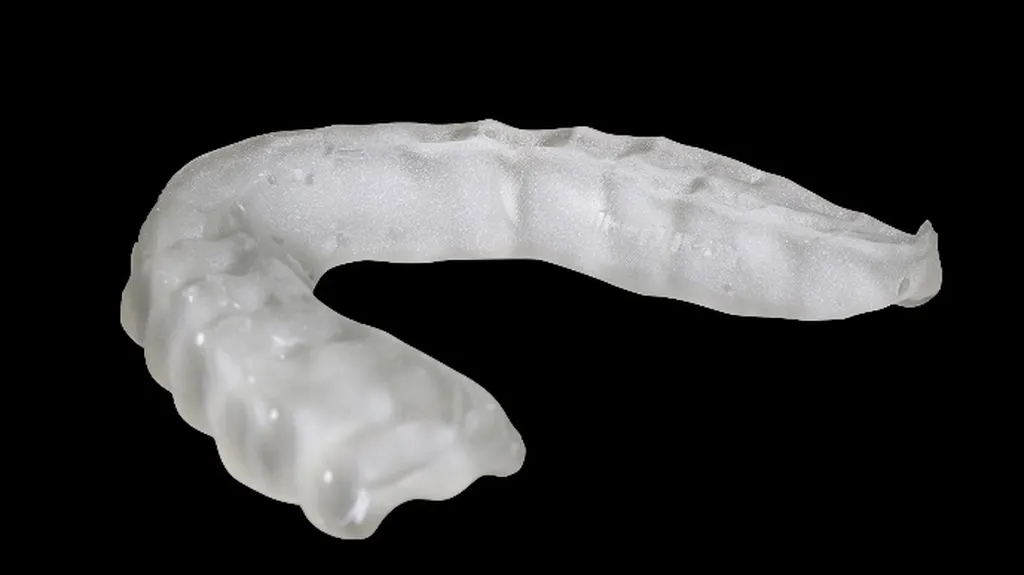In the rapidly evolving world of dental materials and manufacturing technologies, a recent study has shed light on the efficiency of emerging 3D printing techniques compared to traditional methods. The research, led by Izim Turker Kader from the Department of Prosthodontics at Bahçeşehir University School of Dental Medicine in Istanbul, Turkey, focuses on the degree of conversion (DC) of occlusal splint resins, a critical factor in their biocompatibility and long-term performance.
The study, published in the journal “Macromolecular Materials and Engineering” (which translates to “Macromolecular Materials and Engineering” in English), compared the DC of a photopolymer-based occlusal splint resin fabricated using stereolithography (SLA) and masked stereolithography (MSLA) technologies against a conventional heat-polymerized acrylic resin. The findings reveal that while conventional heat-polymerized acrylics still hold the upper hand in terms of final DC, MSLA technology offers a promising alternative that significantly reduces production time without compromising on quality.
“MSLA printing achieved comparable degree of conversion to SLA while reducing production time,” Kader noted, highlighting the potential of this technology to revolutionize the fabrication of occlusal splints. The study found that post-curing significantly enhanced polymerization in both printed groups, indicating that further improvements in resin formulation and post-curing protocols could help bridge the gap between additive manufacturing and traditional methods.
The implications of this research extend beyond the dental industry, offering valuable insights for other sectors where polymer materials play a crucial role. As 3D printing technologies continue to gain traction in various industries, understanding their impact on material properties becomes increasingly important. The study’s findings could pave the way for more efficient and cost-effective manufacturing processes, ultimately benefiting both producers and consumers.
Moreover, the research underscores the importance of ongoing innovation in material science and manufacturing technologies. As Kader puts it, “Further improvements in resin formulation and post-curing protocols are warranted to match the polymerization efficiency of conventional heat-polymerized acrylics.” This call to action serves as a reminder that the pursuit of perfection is an ongoing journey, one that requires continuous exploration and refinement.
In the grand scheme of things, this study is a testament to the power of scientific inquiry and its ability to drive progress. As we stand on the cusp of a new industrial revolution, fueled by advancements in digital manufacturing and materials science, research like this serves as a guiding light, illuminating the path forward. The future of manufacturing is here, and it’s looking brighter than ever.

